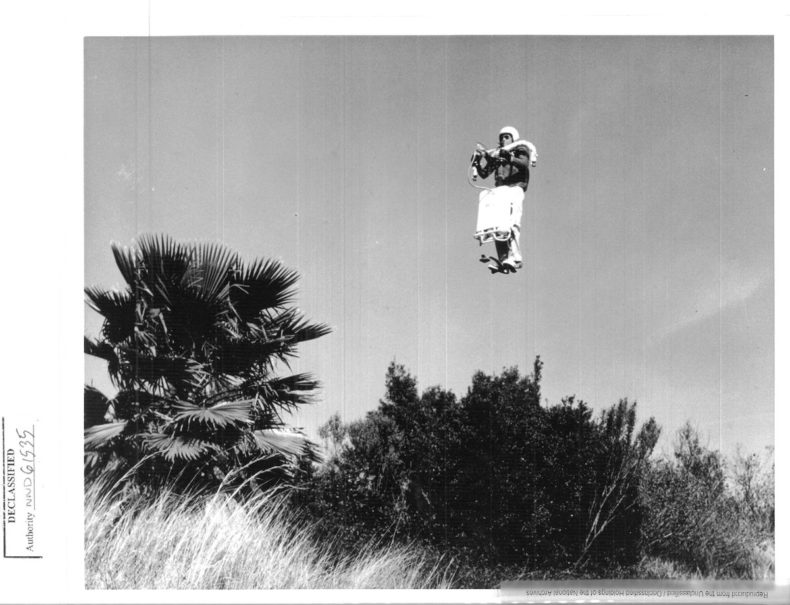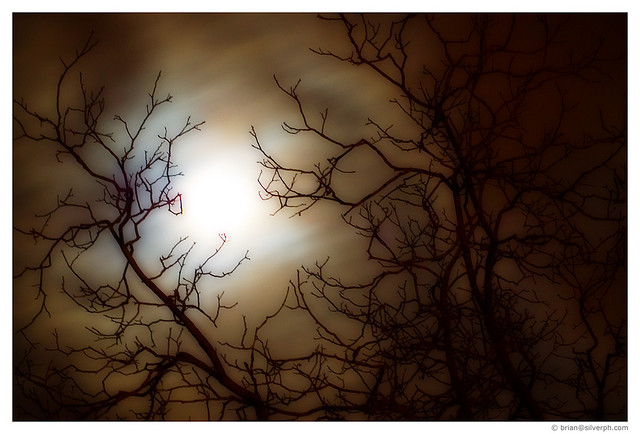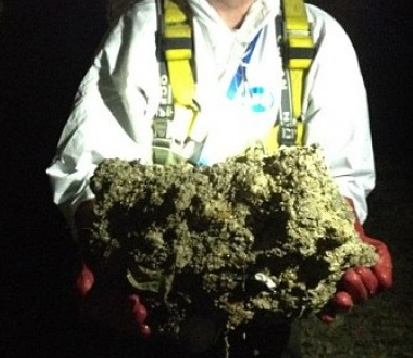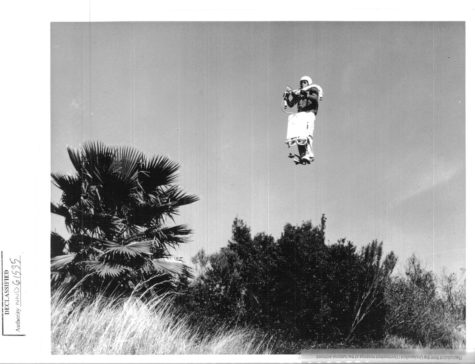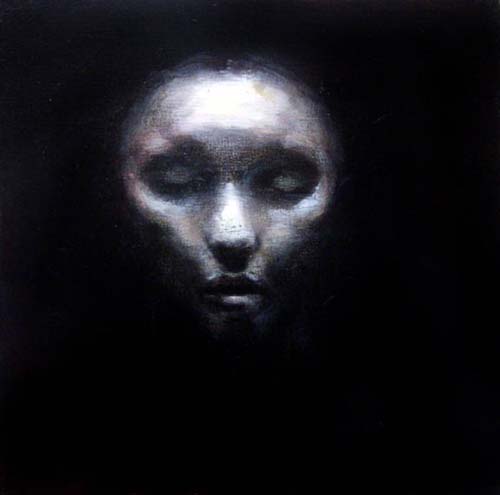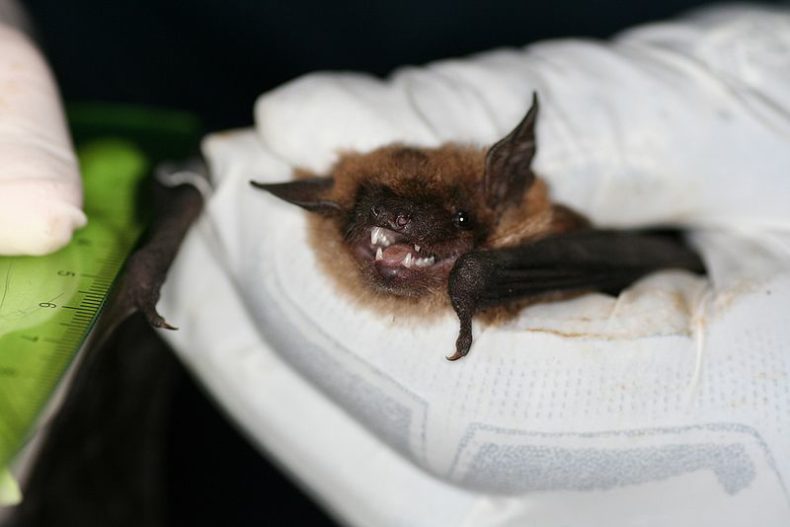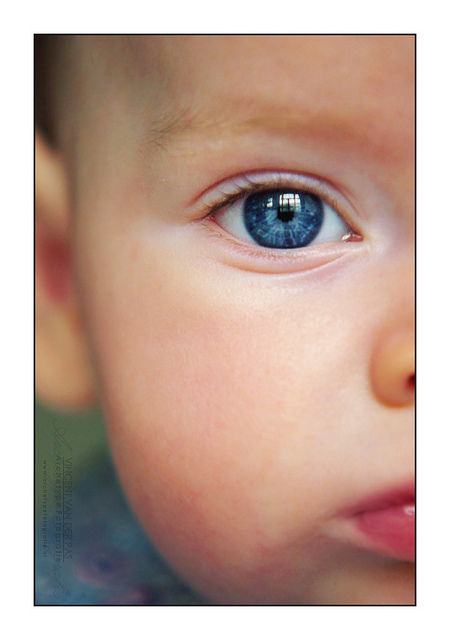 On this year’s summer solstice, the longest day, my daughter is about to reach her own personal equinox. She has lived outside of me for nine and a half months, almost as long as she spent swimming in my belly. The milestone means she now belongs to the world more than to me. In a way, it’s also a shift in season.
On this year’s summer solstice, the longest day, my daughter is about to reach her own personal equinox. She has lived outside of me for nine and a half months, almost as long as she spent swimming in my belly. The milestone means she now belongs to the world more than to me. In a way, it’s also a shift in season.
In her early months my daughter acted like a displaced citizen of my body. She preferred to nap with her ear against my sternum, hearing my heart. But now she squirms and dives to escape my arms. She waves incessantly at strangers. The world has her full attention.
Like a small scientist, she studies her environment. She likes to test gravity by pulling up on the coffee table and then plopping back down. When she’s crawling and hits her head on something, she pauses and then gently does it again, on purpose, feeling the edges where her own body meets the outside. I am studying her, too, to see what rules she has learned about the universe. Does she understand what she sees in a mirror? Why is peekaboo so unfailingly funny?
Charles Darwin also turned a scientist’s eye on one of his baby sons. In 1877 he published “A Biographical Sketch of an Infant” in Scientific American, based on a diary he’d kept 37 years earlier. Darwin had 10 children and, he noted, “excellent opportunities for close observation” of these creatures. Continue reading
